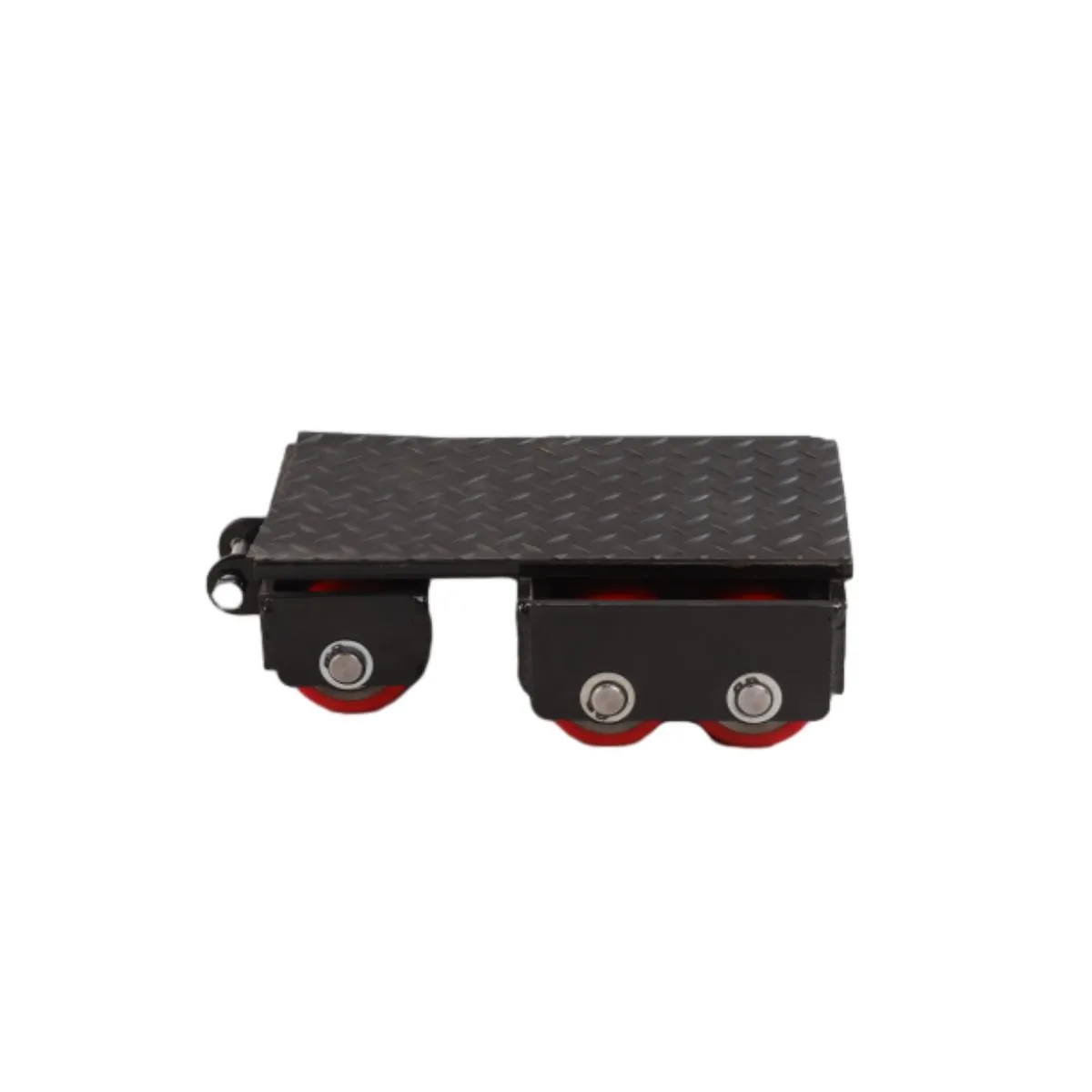Plate Magnets Designed for Efficient Steel Lifting and Material Handling Solutions
The Role of Plate Magnets in Lifting Steel A Comprehensive Overview
In the realm of industrial applications, efficiency and safety are paramount. One innovation that has significantly transformed the lifting of steel materials is the plate magnet. These robust devices have become integral to manufacturing, recycling, and construction sectors, offering a reliable solution for moving ferrous materials with ease. This article delves into the functionality, advantages, types, and applications of plate magnets in lifting steel.
Understanding Plate Magnets
Plate magnets are powerful magnetic devices designed to attract and hold ferrous metals firmly. They typically consist of a flat rectangular shape with poles that generate a magnetic field. When positioned above a steel plate or object, the magnetic force draws the metal up, allowing it to be lifted and moved efficiently. The simplicity of their design belies their effectiveness, making them a preferred choice for many industries.
Advantages of Plate Magnets
1. Efficiency One of the key benefits of using plate magnets is their ability to streamline operations. They can lift heavy steel sheets, bars, and other ferrous items without the need for complex mechanical systems. This leads to reduced handling time and increased productivity.
2. Safety Plate magnets enhance safety in the workplace by minimizing the risk of accidents associated with manual handling. Employees are less likely to suffer injuries from lifting heavy materials when using magnets, thus fostering a safer working environment.
3. Durability Constructed from robust materials, plate magnets can withstand harsh industrial conditions. They are resistant to wear and tear, ensuring a long service life even in rigorous applications.
4. Cost-Effective By streamlining the lifting process, plate magnets can lower operational costs. They reduce labor requirements and eliminate the need for cranes or hoists in certain scenarios, making them a cost-effective solution for businesses.
5. Environmental Impact Plate magnets are designed to work without electricity or batteries, reducing energy consumption. This eco-friendly attribute aligns well with the growing emphasis on sustainability in industrial operations.
Types of Plate Magnets
There are several types of plate magnets, each tailored to meet specific lifting needs
plate magnets for lifting steel

1. Permanent Plate Magnets These magnets use permanent magnet technology to create a magnetic field without needing external power. They are often employed in scrap yards and recycling facilities.
2. Electromagnetic Plate Magnets These devices require electrical power to generate a magnetic field. They offer greater control over lifting and releasing materials, making them suitable for more complex operations.
3. Self-Cleaning Plate Magnets Equipped with a scraper or conveyor system, these magnets automatically remove accumulated metal debris, ensuring consistent lifting performance and reducing downtime.
Applications in Lifting Steel
Plate magnets have found extensive applications in various industries
- Manufacturing In factories, plate magnets are used to handle raw materials during production processes. They can easily lift steel plates for welding, stamping, and assembly.
- Recycling Scrap yards utilize plate magnets to separate ferrous metals from non-ferrous materials. This process is crucial for efficient recycling and resource recovery.
- Construction In construction sites, these magnets assist in moving steel beams and sheets to and from storage areas, facilitating smoother project workflows.
- Transport In logistics and shipping, plate magnets aid in the safe handling of steel goods, reducing the risk of damage during transport.
Conclusion
Plate magnets represent a revolutionary tool for lifting steel in various industrial sectors. Their efficiency, safety, and cost-effectiveness make them an indispensable asset in modern manufacturing, recycling, and construction practices. As industries continue to evolve, the role of plate magnets in improving operational efficiencies will undoubtedly grow, paving the way for a safer and more productive future.
-
Permanent Magnetic LiftersNewsNov.01,2024
-
Operations with an Adjustable CraneNewsNov.01,2024
-
Machine Moving SkatesNewsNov.01,2024
-
Industrial Lifting MagnetsNewsNov.01,2024
-
Effective Machinery MovingNewsNov.01,2024
-
Adjustable Gantry CraneNewsNov.01,2024
-
Unlock the Power of Lifting with Permanent Magnetic LiftersNewsOct.11,2024
